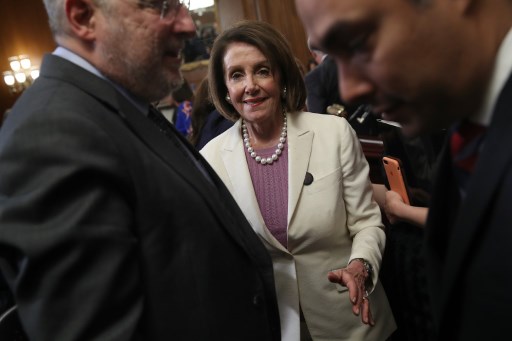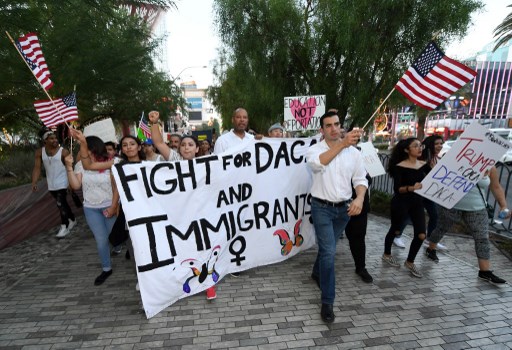
The Democrat-dominated House of Representatives approved a bill Tuesday that would create a path to citizenship for hundreds of thousands of undocumented immigrants, including more than 20,000 Filipino illegal migrants in the United States.
The bill, however, faces dubious Senate chances.
The White House has warned President Donald Trump would veto the legislation if it reaches his desk as is, and the Republicans who control the Senate are unlikely to pass the measure.
The bill, which would grant permanent protection to so-called “Dreamers” — people brought into the United States illegally as children — was passed by a vote of 237 to 187.
It would also set up a path for them to gain outright citizenship, together with individuals covered by so-called Temporary Protected Status (TPS). This is for people who fled their countries because of armed conflict or natural disaster.
Many of the Dreamers are now protected under the DACA program instituted by former US president Barack Obama.
The bill would benefit more than 20,000 undocumented Filipinos in the US based on the research findings of the Washington-based think-tank, Migration Policy Institute. If undocumented Filipinos who entered the US as minors –but did not qualify under the DACA program of former US President Barack Obama — would be included, the number would go even higher.
DACA stands for the Deferred Action for Childhood Arrivals (DACA) program introduced by former President Obama in 2012.
“We have the opportunity to be part of history, to be on the right side of history, but more importantly, to be on the right side of the future by voting and recognizing the value of Dreamers to that future,” House speaker Nancy Pelosi said during debate ahead of the vote.
Trump, who has made a hard line on immigration a cornerstone of his presidency, has worked to do away with both Dreamer protection and TPS.
The former protects some 700,000 people from deportation, and TPS covers another 300,000, most of them Latin Americans, according to government figures.

The Office of Management and Budget said Monday that if the bill reaches the president in its current form, the office will recommend that he veto it.
The bill passed Tuesday would also grant legal status to some 1.6 million Dreamers who are not covered by Obama’s DACA program.
A Washington Post report said that undocumented Asians make up about 14 percent of America’s total undocumented population.
Citing AAPI data, about one out of every seven Asian immigrants in the United States is undocumented.
This is based on a project by the University of California at Riverside providing data on Asian Americans and Pacific Islanders.
While majority of applicants in the DACA program come from Mexico and other predominantly Latino countries, seven of the top 24 countries with the highest acceptance rate for DACA applicants are in Asia, Europe or the Caribbean, latest data showed.
Data from the Migration Policy Institute also showed that there are about 600,000 black undocumented immigrants among the approximately 11 million undocumented immigrants in the United States.
Agence France-Presse and Eagle News Service








